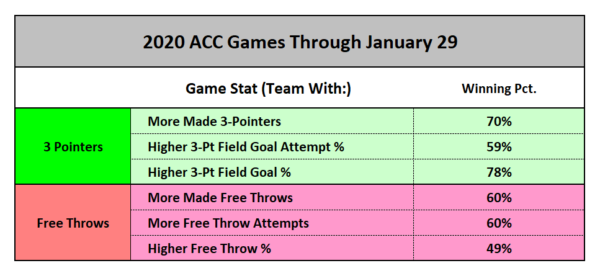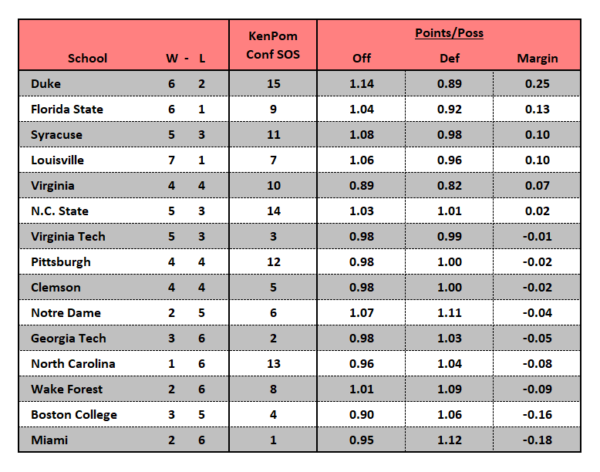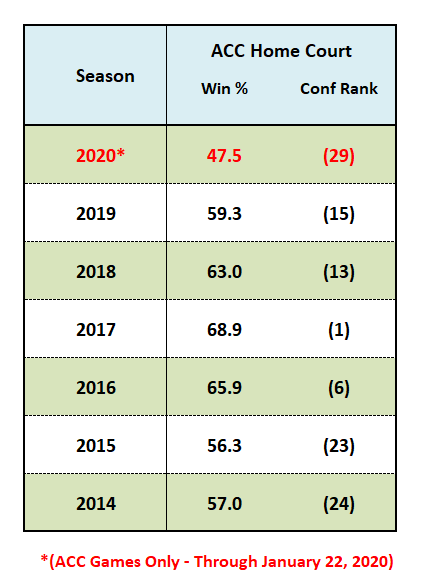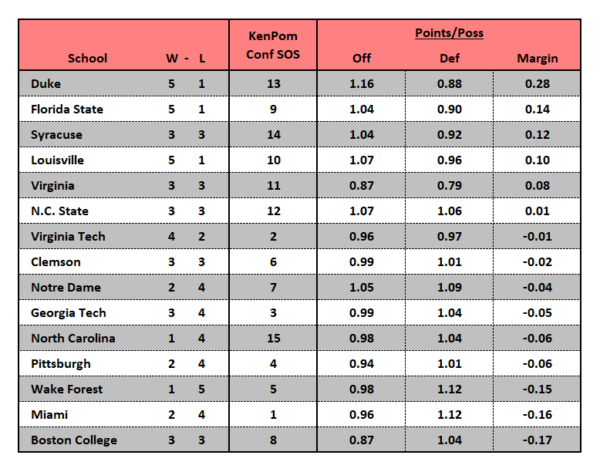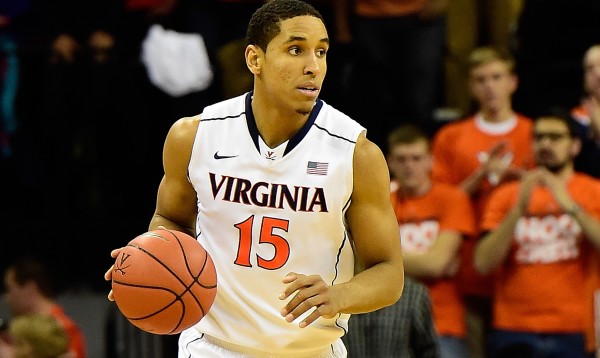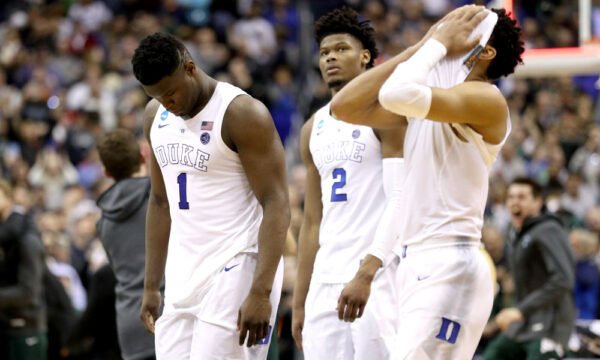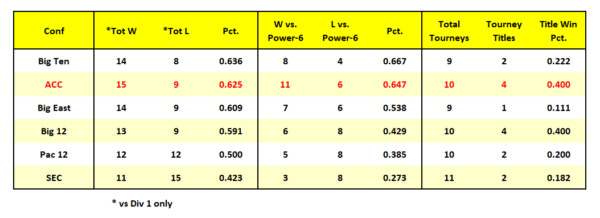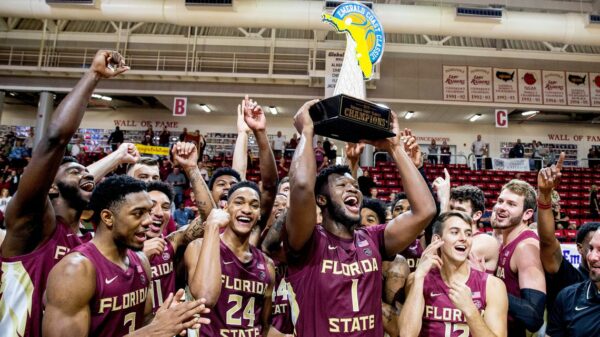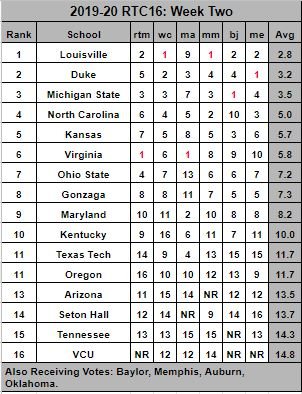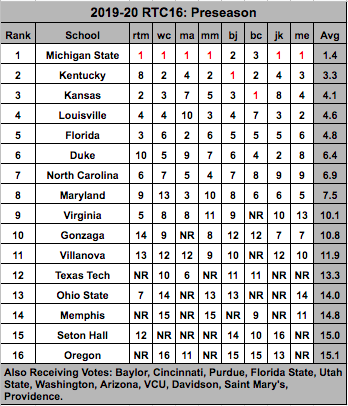Inside the ACC Numbers: Volume III
Posted by Brad Jenkins on January 31st, 2020Here is this week’s edition of our weekly view at the current ACC standings with a focus on which teams are playing better or worse than their conference records may indicate. We will also delve into some advanced metrics to share a few interesting notes on teams, statistics and trends around the conference. Finally, we will forecast how the final ACC standings may look given current efficiency margins, and what that may mean for teams’ ultimate postseason aspirations.
Note: All numbers are current for games played through Wednesday, January 29.
Current Standings
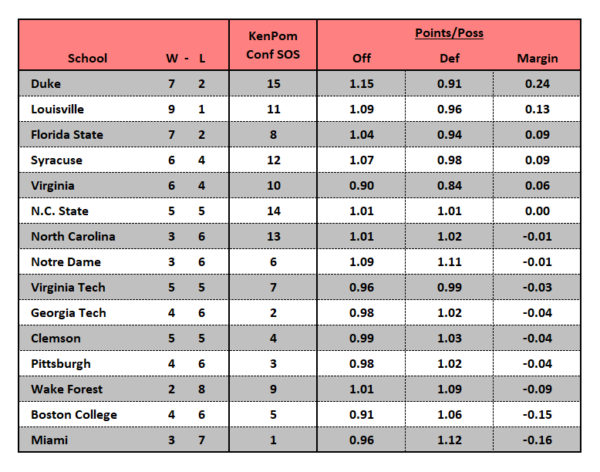
There are some interesting outliers when comparing ACC point per possession margins (PPM) with the current league standings. Despite being near the bottom of the league race at this point, North Carolina and Notre Dame are performing at a relatively decent level on a per possession basis. In fact, their PPM numbers are better than five teams above them in the standings. This suggests that we may see the Tar Heels and Fighting Irish make a move up the ledger in the second half of conference play. Based on how each squad is perceived nationally, it’s also surprising to see Florida State and Syracuse performing basically as equals on the court in ACC action.
Advanced Statistic of the Week: Winning with Threes and Freebies
“Live by the three, die by the three” has been a popular phrase among college basketball followers since the three-point shot was was first introduced in 1987. Often when you hear this, the speaker is making a negative judgement on a team’s shot selection and implying that shooting a lot of threes is not conducive to winning consistently. Conventional wisdom also espouses the importance of free throw shooting when it comes to deciding the outcome of games. Let’s look at how these old axioms are playing out so far in the ACC this year.
